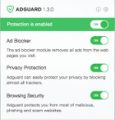What is DigitalRecord
According to security researchers, DigitalRecord is a potentially unwanted program (PUP) that belongs to the Adware category. Most often, adware installs on the MAC system in a bundle with free applications that users downloaded and installed from the Internet. Once it gets inside a MAC, it will configure itself to start automatically when the MAC run. Adware can change the system settings, redirect the web browser to malicious web-pages, display unwanted pop-up ads from various third-party ad networks and these intrusive advertisements is troublesome to shut down.
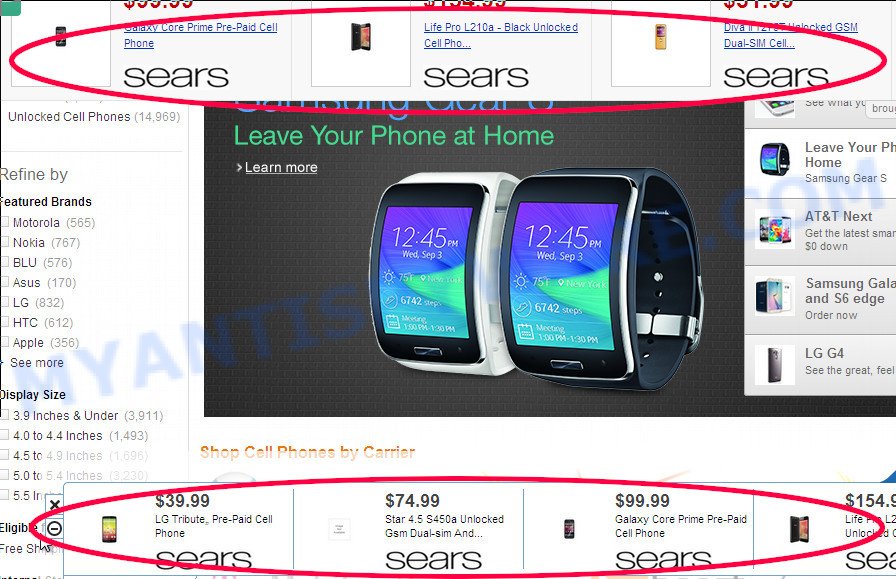
Unwanted ads
Does adware software steal your confidential data? Adware has the ability to gather your surfing history and sensitive information, including passwords and credit card numbers. In the future, sensitive info about you can be transferred third party companies.
So, if you happen to encounter the adware, then be quick and take effort to delete it immediately. Follow the steps below to remove DigitalRecord adware. Let us know how you managed by sending us your comments please.
How does DigitalRecord get on your machine
Usually, adware software gets into your MAC system as part of a bundle with free applications, sharing files and other unsafe applications that you downloaded from the Web. The developers of adware pays software creators for distributing adware within their programs. So, third-party apps is often included as part of the install package. In order to avoid the installation of any adware software: select only Manual, Custom or Advanced setup option and uncheck all bundled applications in which you are unsure.
Threat Summary
| Name | DigitalRecord, DigitalRecord 1.0 app |
| Type | adware, PUP (potentially unwanted program), popups, popup virus, popup ads |
| Symptoms |
|
| Removal | DigitalRecord removal guide |
How to remove DigitalRecord from Mac device
The adware is a form of malware that you might have difficulty in deleting it from your MAC system. Luckily, you’ve found the effective DigitalRecord adware removal tutorial in this article. Both the manual removal way and the automatic removal method will be provided below and you can just select the one that best for you. If you have any questions or need help then type a comment below. Read this manual carefully, bookmark it or open this page on your smartphone, because you may need to close your internet browser or reboot your MAC.
To remove DigitalRecord, use the following steps:
- Remove profiles created by DigitalRecord
- Remove DigitalRecord associated software by using the Finder
- Remove DigitalRecord related files and folders
- Scan your Mac with MalwareBytes
- Remove DigitalRecord from Safari, Chrome, Firefox
- How to stay safe online
- To sum up
Remove profiles created by DigitalRecord
DigitalRecord can install a configuration profile on the Mac system to block changes made to the browser settings. Therefore, you need to open system preferences, find and delete the profile installed by the adware.
Click the System Preferences icon ( ![]() ) in the Dock, or choose Apple menu (
) in the Dock, or choose Apple menu ( ![]() ) > System Preferences.
) > System Preferences.
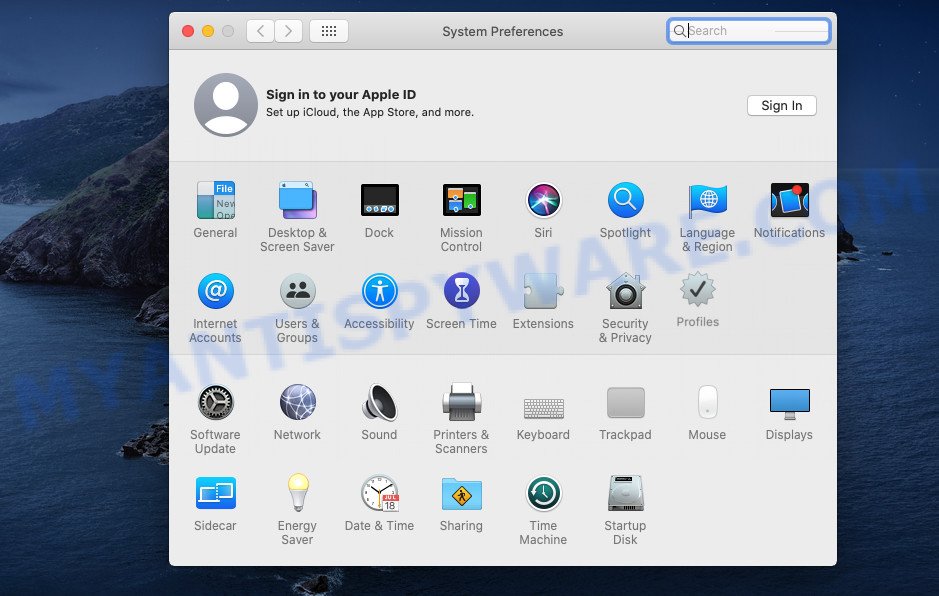
In System Preferences, click Profiles, then select a profile associated with DigitalRecord.
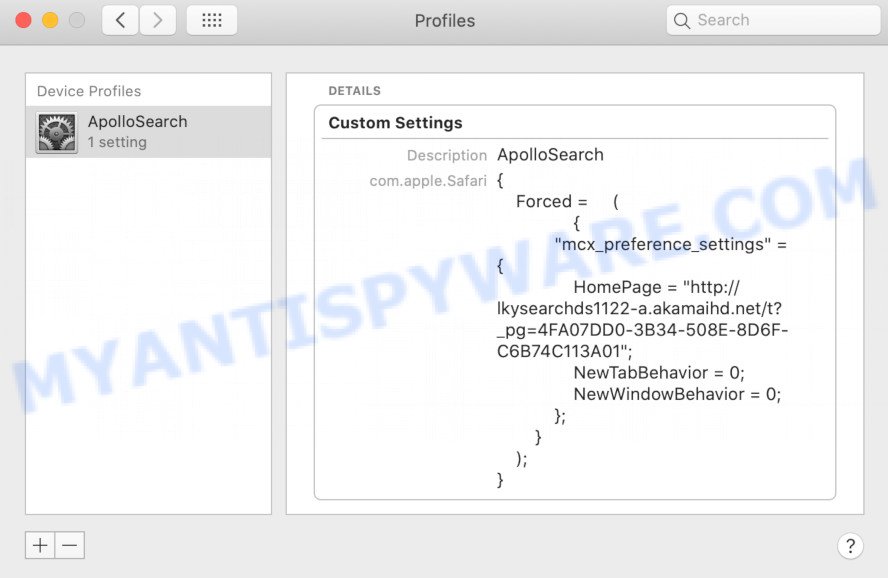
Click the minus button ( – ) located at the bottom-left of the Profiles screen to remove the profile.
Note: if you do not see Profiles in the System Preferences, that means there are no profiles installed on your Mac device, which is normal.
Remove DigitalRecord associated software by using the Finder
The next step to remove adware, browser hijackers and PUPs is to delete unknown and questionable programs. Using the Finder you can do this quickly and easily. We suggest you not to skip this step, as it often helps to get rid of undesired advertisements and web-browser redirects.
Open Finder and click “Applications”.
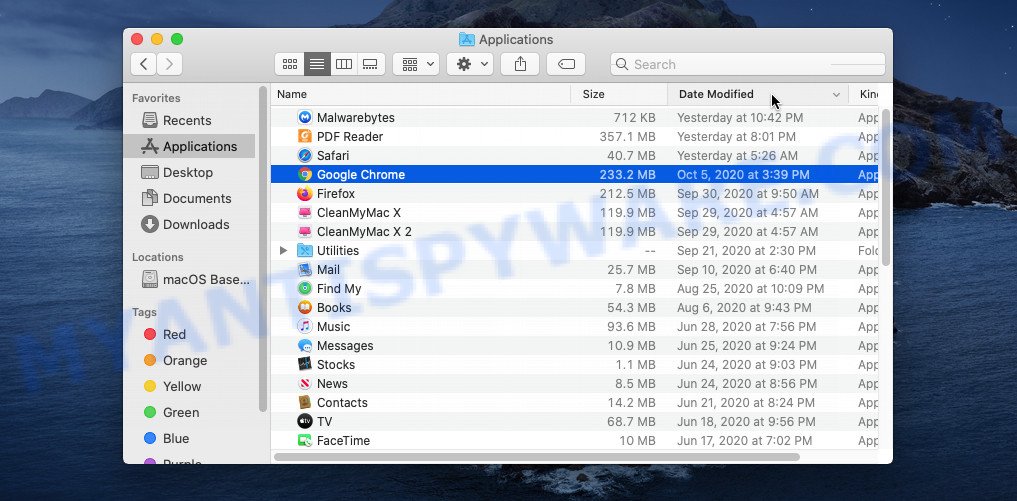
Very carefully look around the entire list of software installed on your MAC. Most likely, one of them is the DigitalRecord adware software. Once you’ve found a suspicious, unwanted or unused program, right click to it and select “Move to Trash”. Another solution is drag the application from the Applications folder to the Trash.
Don’t forget, select Finder -> “Empty Trash”.
Remove DigitalRecord related files and folders
Now you need to try to find DigitalRecord related files and folders, and then delete them manually. You need to look for these files in certain directories. To quickly open them, we recommend using the “Go to Folder…” command.
Click on the Finder icon. From the menu bar, select Go and click “Go to Folder…”. As a result, a small window opens that allows you to quickly open a specific directory.

Check for DigitalRecord generated files in the /Library/LaunchAgents folder

In the “Go to Folder…” window, type the following text and press Go:
/Library/LaunchAgents
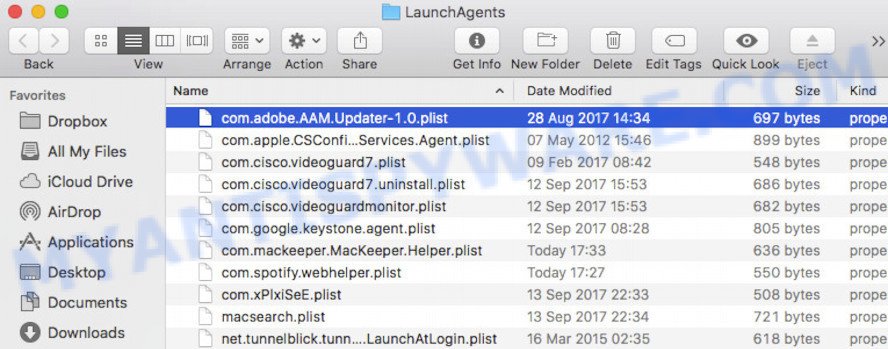
This will open the contents of the “/Library/LaunchAgents” folder. Look carefully at it and pay special attention to recently created files, as well as files that have a suspicious name. Move all suspicious files to the Trash. A few examples of files: macsearch.plist, DigitalRecord.plist, installapp.plist, com.machelper.plist and search.plist. Most often, adware, PUPs and browser hijackers create several files with similar names.
Check for DigitalRecord generated files in the /Library/Application Support folder

In the “Go to Folder…” window, type the following text and press Go:
/Library/Application Support
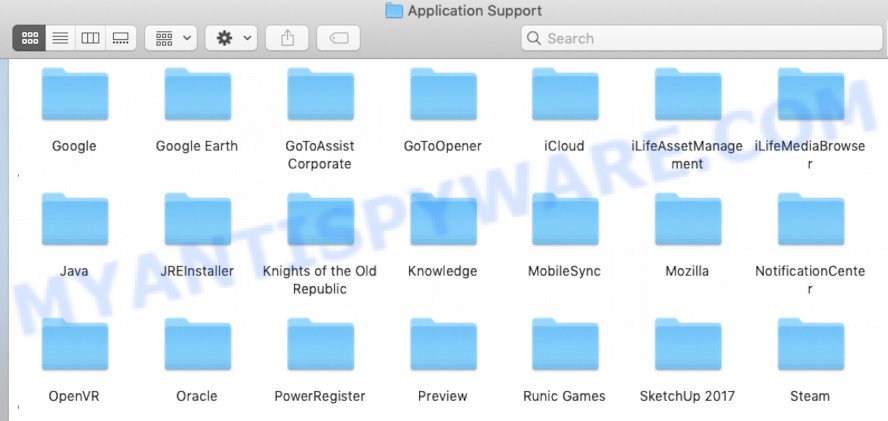
This will open the contents of the “Application Support” folder. Look carefully at its contents, pay special attention to recently added/changed folder. Move all suspicious folders to the Trash.
Check for DigitalRecord generated files in the “~/Library/LaunchAgents” folder

In the “Go to Folder…” window, type the following text and press Go:
~/Library/LaunchAgents

Proceed in the same way as with the “/Library/LaunchAgents” and “/Library/Application Support” folders. Look for suspicious and recently added files. Move all suspicious files to the Trash.
Check for DigitalRecord generated files in the /Library/LaunchDaemons folder
In the “Go to Folder…” window, type the following text and press Go:
/Library/LaunchDaemons

Carefully browse the entire list of files and pay special attention to recently created files, as well as files that have a suspicious name. Move all suspicious files to the Trash. A few examples of files to be deleted: com.search.plist, com.installapp.plist, com.machelper.plist, com.macsearch.plist and com.DigitalRecord.plist. In most cases, browser hijackers, potentially unwanted programs and adware create several files with similar names.
Scan your Mac with MalwareBytes
If you carefully followed the previous steps, then you should be able to remove DigitalRecord. Of course, very often adware software, browser hijackers and potentially unwanted programs hides on a Mac computer, disguising itself as legitimate apps and files. Therefore, in some cases, it is difficult for an inexperienced user to decide whether a particular file is part of adware software, potentially unwanted programs and browser hijackers. Therefore, we advise you to run MalwareBytes Anti-Malware to scan the Mac device.
Visit the page linked below to download MalwareBytes AntiMalware (MBAM).
21008 downloads
Author: Malwarebytes
Category: Security tools
Update: September 10, 2020
Once downloading is complete, close all programs and windows on your MAC OS. Open a directory in which you saved it. Run the saved file and follow the prompts.
Once install is complete, you’ll see window as on the image below.
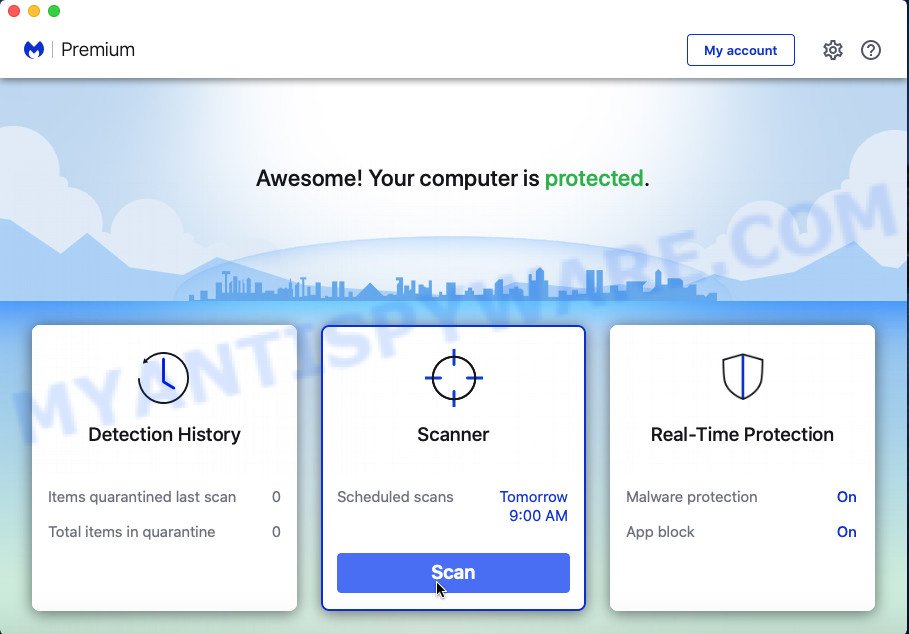
Now press the “Scan” button . MalwareBytes tool will start scanning the whole MAC OS to find out DigitalRecord adware software. When a threat is found, the number of the security threats will change accordingly.
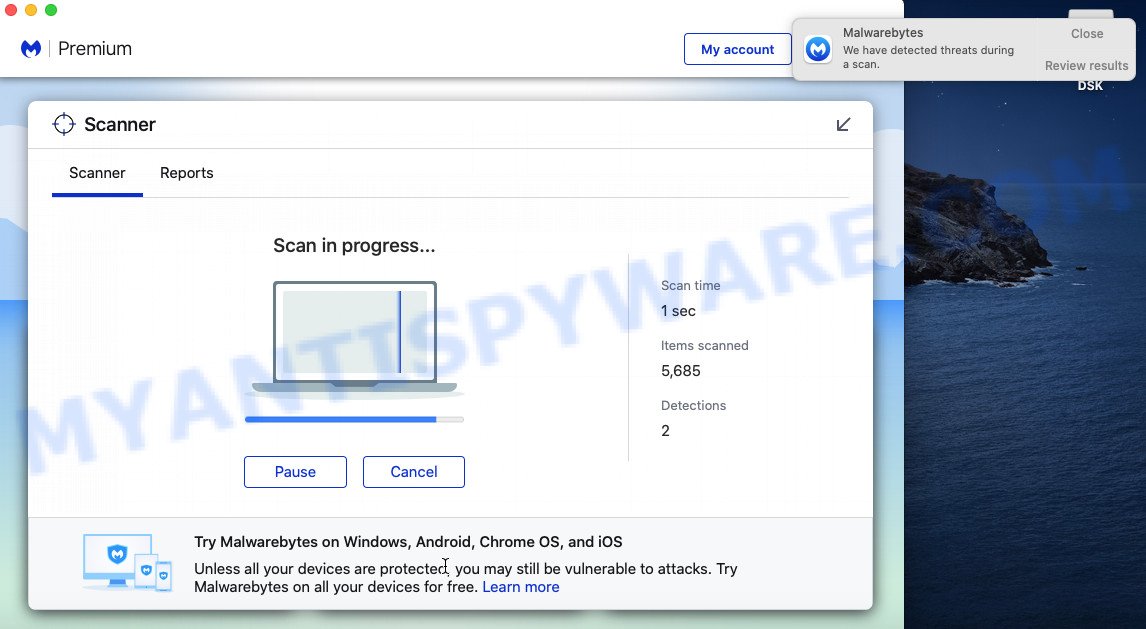
When that process is complete, MalwareBytes Free will display a list of all threats detected by the scan. You may remove threats (move to Quarantine) by simply press “Quarantine” button.
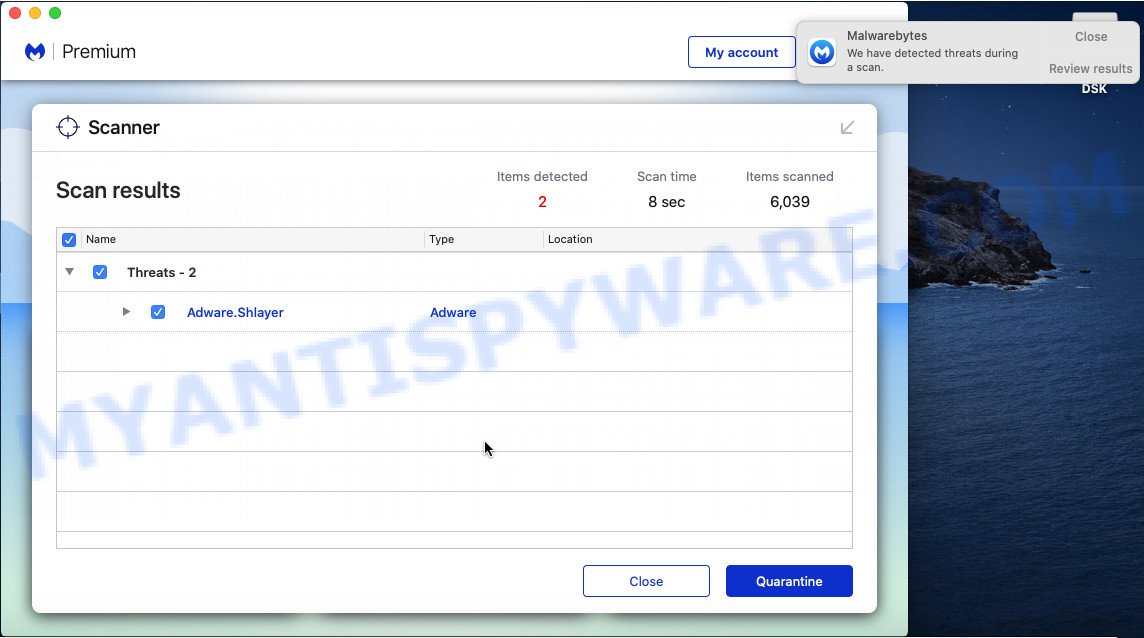
The Malwarebytes will now remove DigitalRecord adware.
Remove DigitalRecord from Safari, Chrome, Firefox
Annoying DigitalRecord or other symptoms of adware in your web browser is a good reason to locate and delete harmful extensions. This is an easy way to restore internet browsers settings and not lose any important information.
You can also try to delete DigitalRecord adware by reset Chrome settings. |
If you are still experiencing problems with DigitalRecord adware removal, you need to reset Mozilla Firefox browser. |
|
How to stay safe online
One of the worst things is the fact that you cannot block all harmful web-pages using only built-in MS Windows capabilities. However, there is a program out that you can use to stop annoying web browser redirects, ads and popups in any modern internet browsers including Chrome, Safari and Firefox. It’s named Adguard and it works very well.
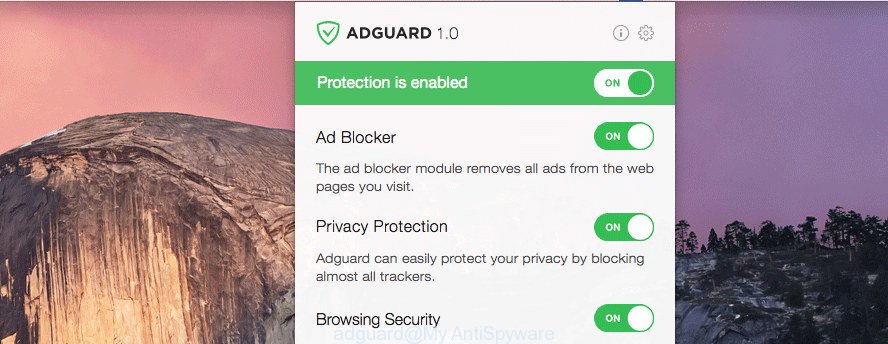
Visit the page linked below to download AdGuard.
3779 downloads
Author: © Adguard
Category: Security tools
Update: January 17, 2018
After the download is complete, start the downloaded file. You will see the “Setup Wizard” screen. Follow the prompts.
Each time, when you start your Apple Mac, AdGuard will launch automatically and stop unwanted popups, block malicious and misleading webpages.
To sum up
Now your MAC OS should be clean of the DigitalRecord adware. We suggest that you keep AdGuard (to help you block unwanted pop-ups and annoying malicious webpages) and MalwareBytes Anti-Malware (MBAM) (to periodically scan your machine for new malicious software, browser hijackers and adware software). Make sure that you have all the Critical Updates recommended for Mac OS. Without regular updates you WILL NOT be protected when new hijackers, malicious apps and adware software are released.
If you are still having problems while trying to remove DigitalRecord from your web browser, then ask for help here.

